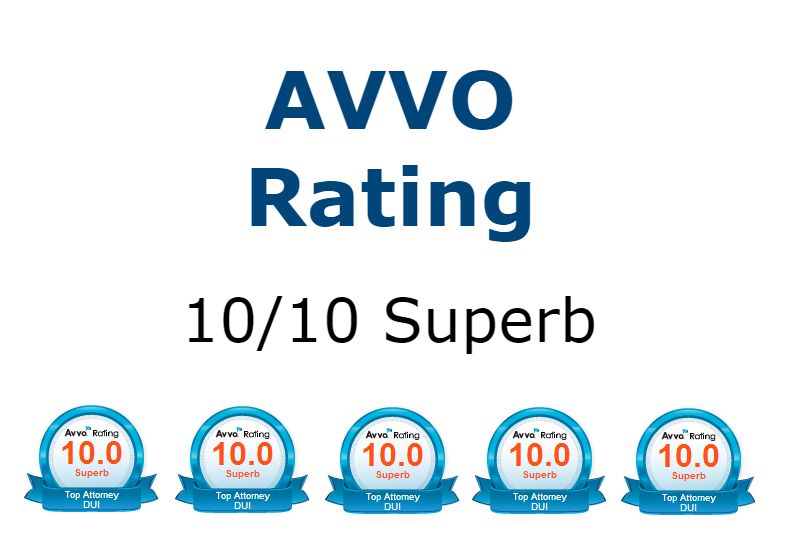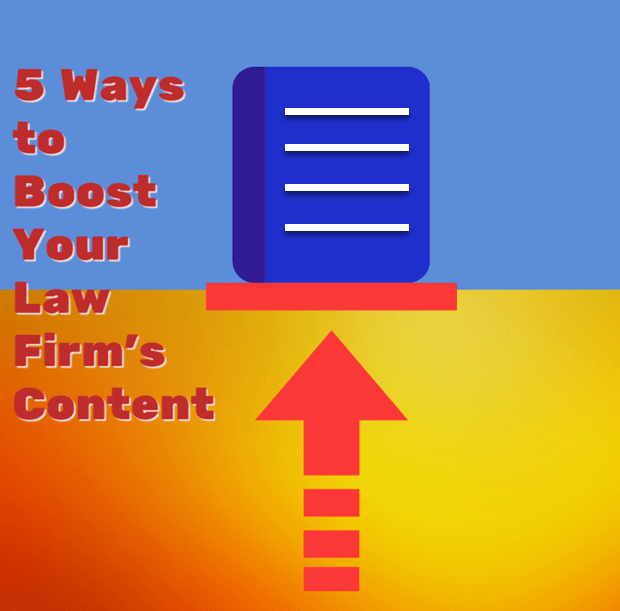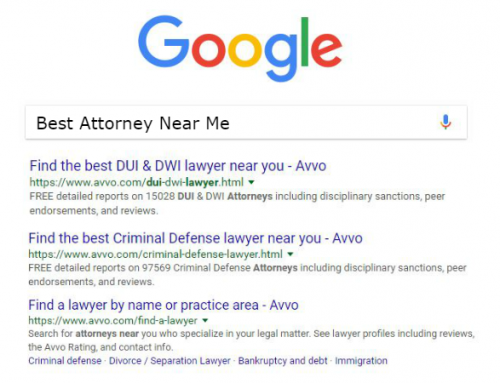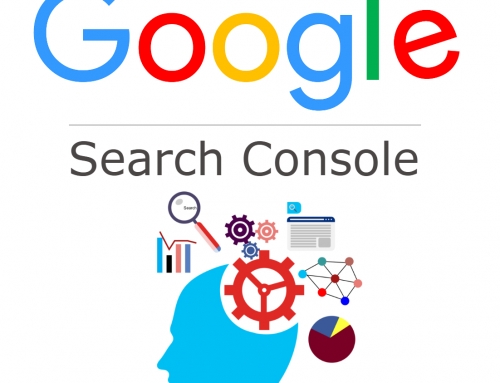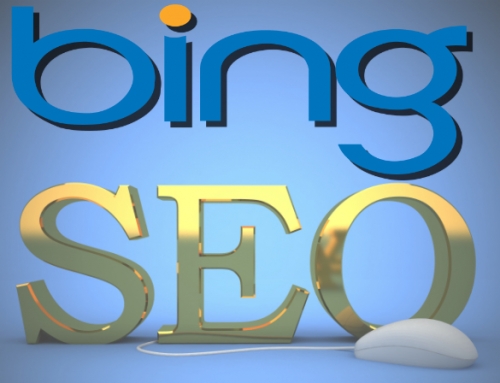The buzz is no longer about content marketing. Now it’s authoritative content.
A quick definition: Authoritative content means offering a unique, informed perspective – filled with valuable insight for your prospects. It needs to be easy to understand and achieve the perfect level of depth necessary for your target audience.
Here’s some info about what types of content fit within this description; it should help you develop better ways to reach your audience and improve your lawyer marketing strategy.
Evergreen Content: Breaking news or law changes are always good topics, but those don’t happen every day.
To fill in the blanks, evergreen content is a must. These choices are always relevant to online searchers. Over time you’re going to see these kinds of posts help your authority and site ranking considerably.
Consider “How-To” topics for these choices as well as the educational content your clients need most, as the recent Hummingbird updates look to answer natural questions so choices like that are perfect. Just be sure to give it a sensible title.
Problem/Solution Content: Your clients have problems you have to address all of the time; all of these problems make a natural jumping off point for good content. Be sure to state both the problem and solution in a clear format. Add in a bit of information about whom the solution applies to, and you’ll gain an additional level of complexity Google is certain to appreciate.
Case Studies: Many attorneys place these on their site, and for good reason. They place you in a great spot and help show off your success stories. They also make you an authority in your area.
You’ll want to use a clear format where you discuss the case, the defense, and the results. Show how it applies to more than one defendant, and you have an applicability level that will appeal to search engines searching for those problem/solution content situations.
In-depth Analyses and Whitepapers: The more thought you put into your content, the better recognized it will be by search engines and clients alike. You want to offer plenty of data and research within this type, but be sure the format is addressing the questions Hummingbird loves so much.
Data can come from surveys, disparate sources or your own practice. Some readers prefer this type of long-form content — particularly when they are researching a topic of importance to them. This is your chance to demonstrate your knowledge of a given topic, and there are many topics you can cover in this medium. Offer background knowledge, a problem/solution approach, or even a case study. Visuals and examples are a must throughout.
Blog Posts: These concise posts cover one main idea or message. It’s a great way to write about a recent case or to answer a frequently asked question while appealing to searchers’ short attention spans!
Not just any content here will do, though. Instead, you need to treat each post as a professional piece of content, not just a quick post off the top of your head. Back your information up with facts, figures, or data from reliable sources, but be transparent about the source of your information. Finally, keep in mind that while longer blogs are often necessary, sticking to a succinct piece is a must.
Off-Site Visual Content Helps Too
On-site content is certainly a plus, but don’t narrow your options like that. There are a number of off-site options to consider as well.
YouTube. YouTube is the second largest search engine in the world. People respond to videos – and they learn from them. A recent study also found that 75% of viewers then visit the website that offered them this content. The key with this type of content, though, is that you can’t simply advertise your services. It needs to informative and engaging so it will be shared and considered. Use high quality production techniques and don’t forget to script your videos. You may also want to test them before a solid audience before you release them.
Infographics. When you have a lot of statistics, an infographic can be a fun way to make your points. Here are some examples to inspire you. Keep in mind that you need to use high-resolution images and better titles.
Design and style mean just as much as the content on the infographic. If it’s not aesthetically appealing, people won’t look at it. The care you put into the visual side, though, also needs to go into the information. Make it worthwhile, catchy and very shareable.
SlideShare. With this platform, you can speak to other professionals. This will help if you want to reach out and do guest blogging or generate high-quality backlinks. Talk about the legal process, common defenses, or other topics that you can speak to on a high level. Stick to between 8 and 15 slides for this platform, and make sure your content is compelling. Remember that even here, graphics really matter, so stick to images over long bullet point lists.
Don’t Forget to Share Your Content!
Publicize what you’ve written, and it’s likely to get picked up both by search engines and users alike.
Social Media. Don’t forget social sites like Twitter, LinkedIn, and Google+. These are great places to announce upcoming content, link to your website, and attract and interact with followers. While many will tell you that authoritative content and social media don’t work together, that’s just not the case. If you think of social media as the fuel and content as the engine, you’re going to build a better strategy to intertwine the two. They both may have different functions, but they can work together to spread your voice across channels.
No matter what type of content you’re publishing or where you’re publishing it, make sure it’s always relevant and always fresh.



